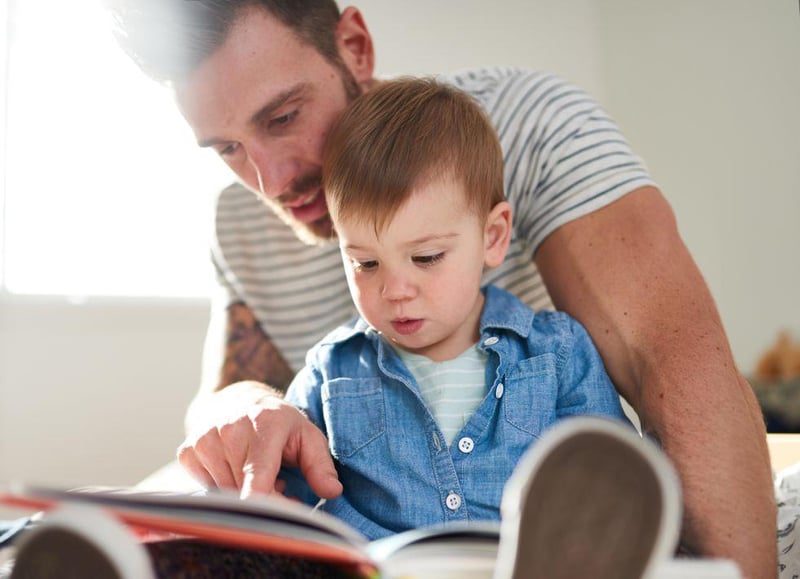Get Healthy!

- Sue Benzuly, RN
- Posted April 10, 2023
Toddler Constipation: How to Help Your Child Get Relief
Constipation is no fun for toddlers, but you can help your child move through a bout of it.
What is toddler constipation?
According to the Cleveland Clinic, your toddler may sometimes have hard, dry stools that are painful to pass. Up to 20% of toddlers experience constipation at one time. A constipated toddler typically poops less than two times per week. While it is hard to watch your toddler suffer from constipation, here are some recommendations to help your child have a healthy bowel movement and prevent constipation in the future.
What causes toddler constipation
The Mayo Clinic lists many causes of toddler constipation, which include:
- Withholding: They don't want to have a bowel movement because they are busy, they are away from home or they fear having a painful bowel movement because of a history of constipation.
- Toilet training: If the child is too young to begin toilet training, they may hold in their stool.
- Change in diet: A lack of fiber-rich fruits and vegetables or a lack of fluid in their diet may cause the constipation.
- Change in routine: Any change in their routine, such as travel, stress, weather or starting school outside of the home, can lead to constipation.
- Medication: Certain medications can lead to constipation.
- Cow's milk allergy: An allergy to cow's milk or simply consuming too many dairy products can cause constipation.
- Family history: A genetic or environmental component may cause the constipation.
- Medical condition: Rarely, it could indicate an underlying medical issue.
Symptoms of toddler constipation
According to Johns Hopkins, some common danger signs of toddler constipation are belly pain, bloating or cramps. The toddler may show signs of trying not to poop, such as clenching their teeth, crossing their legs or turning red in the face.
Encopresis, or soiling one's pajamas or underwear, is one symptom of constipation. Dr. Patrick Reeves and Dr. Christine Wassdorp Hurtado said in a recent American Academy of Pediatrics (AAP) article that "when poop overflows like diarrhea because of constipation, we call this encopresis. Encopresis can be very alarming to children and parents because it can look like diarrhea caused by infections. However, it is actually the child's body attempting to evacuate a large amount of poop."
Anal fissures are another symptom of constipation. This is when the skin around the rectum and anus has small tears caused by the passing of the hard stool. It may cause minimal bleeding, which is noticed on the toilet paper after wiping.
Fecal streaking is caused when the child passes gas, and there are streaks or chunks of stool left in the underwear.
Toddler constipation relief
Both Reeves and Wassdorp Hurtado recommend Eat 5! to help with constipation. By eating five servings of fruit and vegetables daily, your child should have enough fiber in their diet to promote a healthy bowel movement.
Ensure that they are drinking enough water.
Encourage physical activity; this frequently helps with passing stool.
Using a potty stool may help your child pass stool more easily. A potty stool changes the body's posture while sitting on the toilet, so it is anatomically easier for the stool to pass.
Over-the-counter (OTC) laxatives may be helpful with eliciting a bowel movement and establishing a good bowel routine. PEG 350 is a safe osmotic laxative that attracts more water to the colon to ease and soften the stool, according to the AAP.
Before using any OTC medications, speak with your child's health care provider. They can provide you with information on the correct dose and how long to use it. Your provider may recommend that your child stays on this medication for maintenance after the initial "clean-out."The goal is to have your child regularly move their bowels without pain.
Stool softeners and suppositories are also available treatments. Your child's health care provider can work with you to find the most effective treatment. If the constipation doesn't improve, then follow up with your pediatrician.
Constipation is rarely a medical emergency; however, if it is accompanied by fever, vomiting or stomach or rectal pain that lasts more than an hour, you should seek medical care, the AAP advises.





